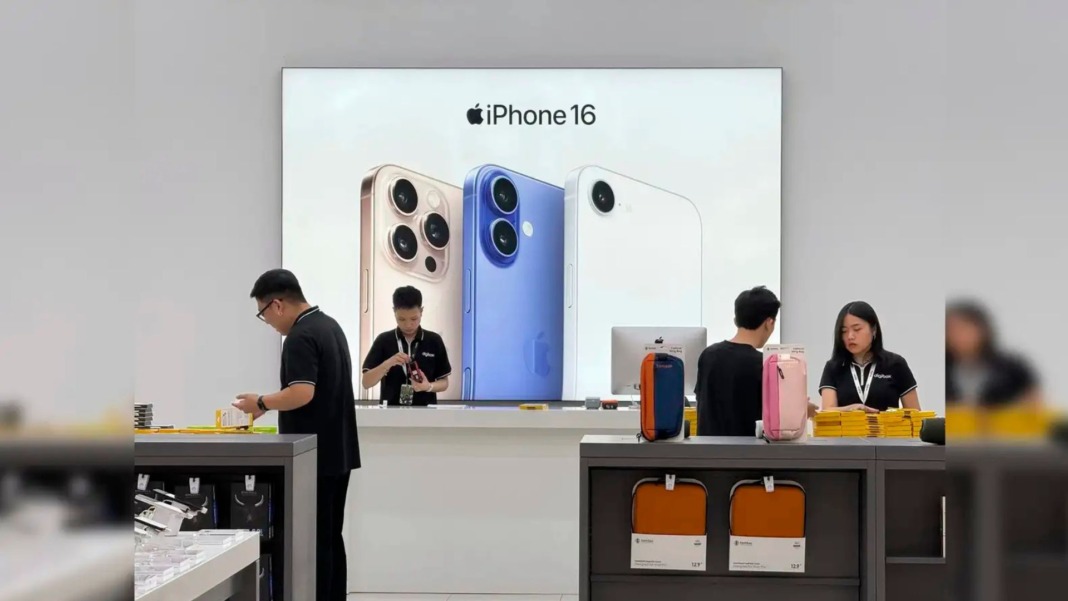Intel’s new CEO, Lip-Bu Tan, is making bold moves to reshape the company’s leadership and focus more on engineering and innovation. In a recent memo seen by Reuters, Tan revealed that he’s flattening Intel’s management structure so that key teams will now report directly to him. This is part of his strategy to rebuild the company after several challenging years.
A new structure and leadership for AI
As part of these changes, Sachin Katti, previously head of networking chips, has been promoted to Chief Technology and AI Officer. He will now lead Intel’s overall AI strategy, including product development, Intel Labs, and relationships with start-ups and developers. Katti is also a professor at Stanford University, replacing Greg Lavender, who is retiring.
This change marks Intel’s first major step under Tan’s leadership, which began last month. With Katti at the helm of AI development, Intel hopes to catch up in the competitive AI chip space, especially against Nvidia, which currently dominates the market. Intel’s earlier efforts, including the recently shelved Falcon Shores chip, did not succeed in challenging Nvidia’s lead.
Tan’s memo clarified that Katti’s new role is vital to Intel’s future. “He will lead our overall AI strategy and AI product road map, as well as Intel Labs and our relationships with the start-up and developer ecosystems,” Tan wrote.
Engineers move closer to the top
One of the biggest changes in Tan’s plan is that technical leaders will now play a more central role in shaping Intel’s future. Three experienced engineers—Rob Bruckner, Mike Hurley, and Lisa Pearce—will now report directly to Tan. Previously, many technical leads were placed several layers below the CEO.
Tan believes involving engineers more closely in top-level decisions will help restore innovation and efficiency at the company. “This supports our emphasis on becoming an engineering-focused company and will give me visibility into what’s needed to compete and win,” he stated.
He also acknowledged that Intel’s past structure had become too complex, slowing progress. “It’s clear to me that organisational complexity and bureaucratic processes have been slowly suffocating the culture of innovation we need to win,” Tan said. “It takes too long to make decisions. New ideas are not given room or resources to incubate. And unnecessary silos lead to inefficient execution.”
Looking ahead and filling key roles
Intel’s data centre and PC chip groups will now report directly to Tan instead of through Michelle Johnston Holthaus, who will remain Chief Executive of Intel Products. Her role is expected to expand, though details have not yet been announced. “As Michelle and I drive this work, we plan to evolve and expand her role with more details to come in the future,” said Tan.
Another critical position still to be filled is the head of government affairs. Bruce Andrews, who previously held the role and worked in the U.S. Commerce Department under President Obama, left the company after the November elections. Intel is now searching for a replacement who will report directly to Tan. This role will be vital as Intel navigates global politics and trade issues, particularly with the U.S. government’s stance on China.
Tan’s decisions reflect his commitment to a leaner, faster-moving Intel focused on engineering and product development. By removing unnecessary layers and giving technical leaders more responsibility, Tan hopes to revive the company’s competitive edge and culture of innovation.




